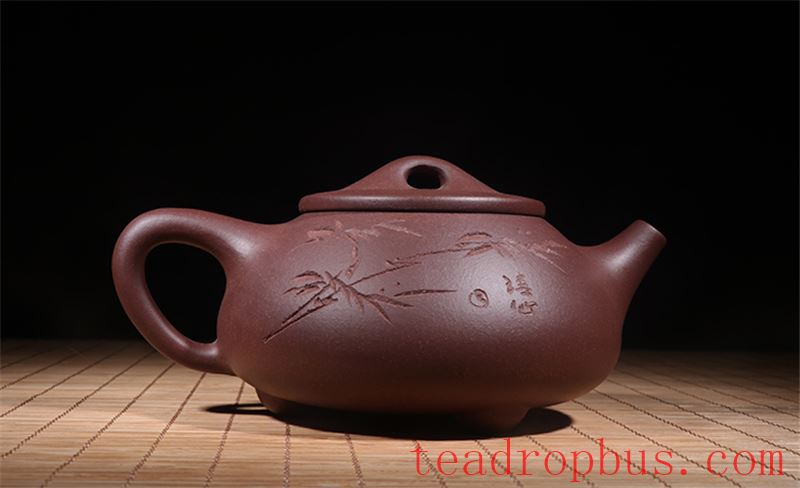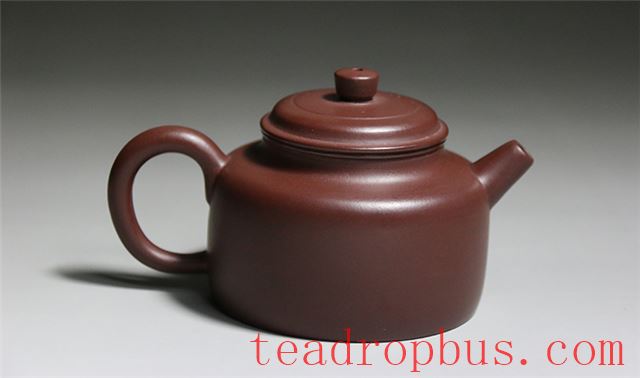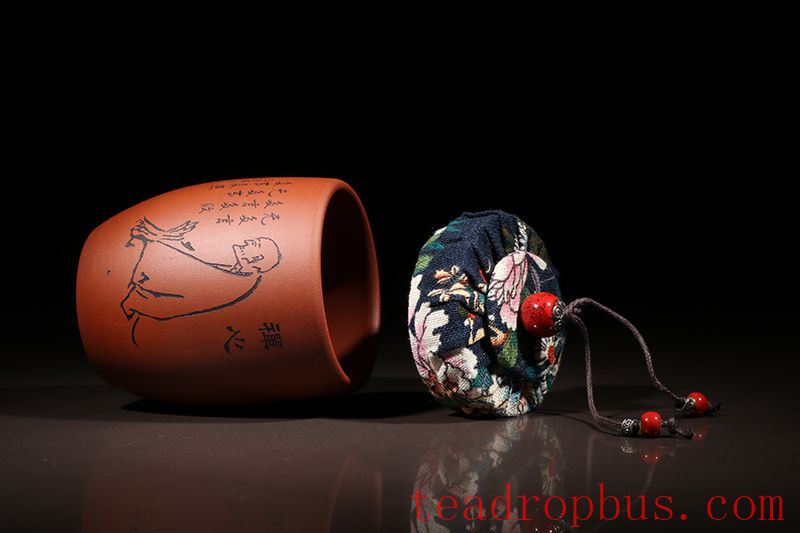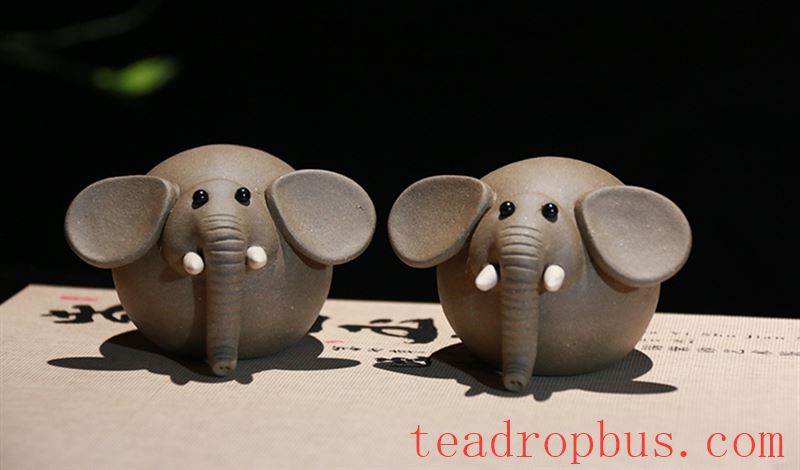A Tea lover's treasures are not just for display—they require use and care. For those who enjoy handling beads, “everything can be polished”; similarly, for tea enthusiasts, it seems that “everything can be nurtured.”
Earthenware or purple clay tea utensils deepen in color and develop a lustrous sheen under the nourishment of tea.
Teapots, Teacups, and tea pets—the three most common items on a tea table—how should they be cared for?

Caring for a Teapot
The methods for caring for a teapot vary widely, but the basic principles remain the same, essentially boiling down to six points:
① Thoroughly clean both inside and outside of the pot
② Avoid contact with oil
③ Nourish the surface with tea liquid
④ Gently brush with a teapot brush
⑤ Clean and air-dry after use
⑥ Allow the pot to rest
It may seem complicated and daunting, but in practice, it can be done seamlessly by cultivating good habits over time. Specifically, there are several details to keep in mind: maintain the cleanliness of the teapot throughout the process, especially avoiding contact with purple clay pots and oil to ensure the clay structure remains porous; when brewing, pour boiling water over the exterior of the pot before adding water to the interior, which is commonly referred to as “warming the pot.”
Regularly wipe the pot with a tea cloth and do not leave tea residue on the surface, as this will eventually lead to a buildup of tea scale that affects the appearance of the purple clay pot.
A purple clay pot should have “rest periods” after being used for some time, usually drying completely for three to five days to ensure the entire pot (which has a porous structure) dries thoroughly.

From the above, it is clear that caring for a teapot is a slow and meticulous process that requires patience. However, some people may try to speed up the process, so please be aware of the following:
1. Avoid rushing. Caring for a teapot is a long-term process, and it cannot be achieved overnight. Do not use fine sandpaper, polishing cloths, or other abrasive materials to polish a purple clay pot, as these practices will damage its surface, dull its natural luster, and ruin the texture of the clay.
2. Avoid leaving leftover tea. Some people believe that leaving leftover tea in the pot helps in the nurturing process, but this is incorrect. While purple clay pots can indeed hold tea without spoiling for an extended period, leftover tea develops a stale taste and can breed bacteria, which is detrimental to both the pot and the user.
3. Some people use the same pot for different types of tea, believing that a mixture of teas is beneficial for nurturing. This goes against the key principle of internal nurturing! Different types of tea mixed together disrupt the aroma, which is counterproductive to the goal of nurturing the pot.
In summary, caring for a teapot requires time and patience, as well as good habits. Of course, one must first have a pot made from high-quality clay, otherwise, even the most careful care is in vain.

Caring for a Teacup
Teacups made of purple clay are crafted from the special purple clay found in Yixing, Jiangsu Province, without any chemical additives. How should one care for a purple clay cup?
1. When brewing, “warm the cup” by pouring boiling water over the cup before filling it with tea. The cup becomes more lustrous over time due to the nourishment of the tea.
2. Regardless of whether the cup is new or old, regularly clean the surface and frequently wipe it with your hands or a soft cloth. This helps the purple clay become smoother and glossier. Over time, this will create an emotional bond between the owner and the cup, enhancing the pleasure of tea drinking.
3. After using a purple clay cup, promptly remove the tea leaves and rinse with hot water to keep the cup clean.
Do not leave tea leaves in the cup for extended periods, especially in hot weather. If you want to nurture the cup through this method, maintain a balance, ensuring the tea does not spoil.
4. If an unused cup develops an odor, fill it with boiling water, shake it several times, then immediately immerse it in cold water to eliminate the smell before reuse.

Caring for a Tea pet
How should one nurture a purple clay tea pet to bring it to life?
1. Have passion. First, you must genuinely enjoy the process and love your tea pet to appreciate and care for it carefully;
2. Some impatient individuals soak their tea pets in tea or pour leftover tea over them to save time.
These are incorrect methods of nurturing, resulting in a dull shine known as “monk's light,” lacking vitality. The proper approach is to gently pour tea over the tea pet and use a teapot brush dipped in tea or a tea cloth to wipe it down.
3. If possible, use the same type of tea to nurture the tea pet, preventing a mix of different tea qualities that can affect the purity of its color.
In general, Black Tea, Dahongpao, and Pu'er tea tend to yield faster results when nurturing tea pets.
4. Tea pets are typically placed in the top left quarter of the tea tray, in a small row at the front. Beautiful tea pets are the result of time and effort spent by tea lovers in slowly nurturing them.